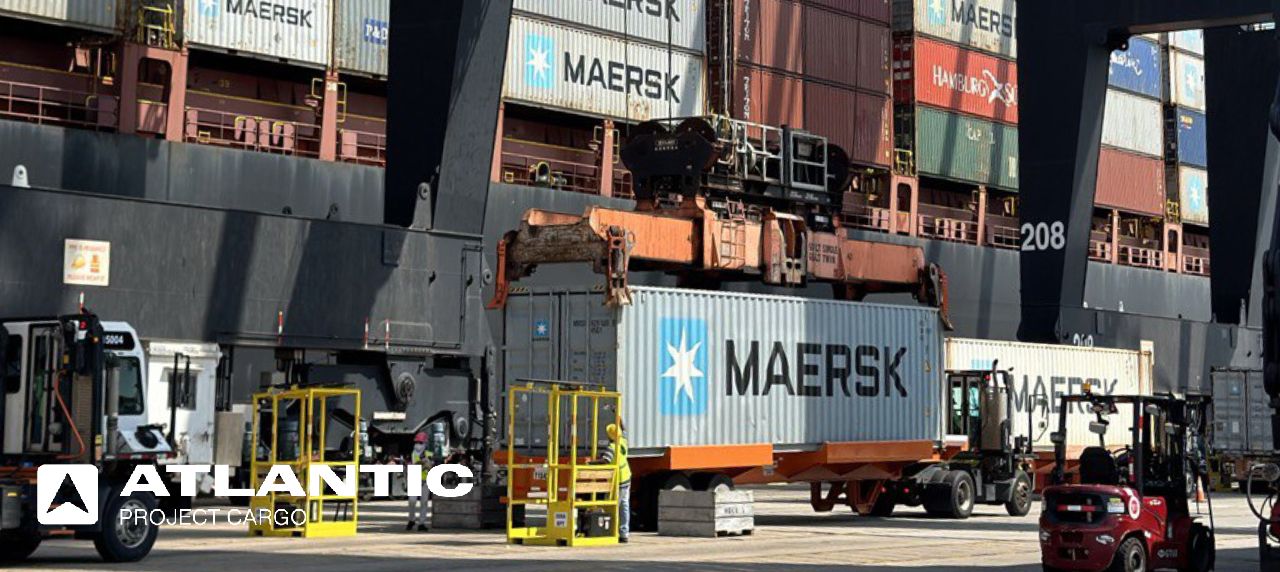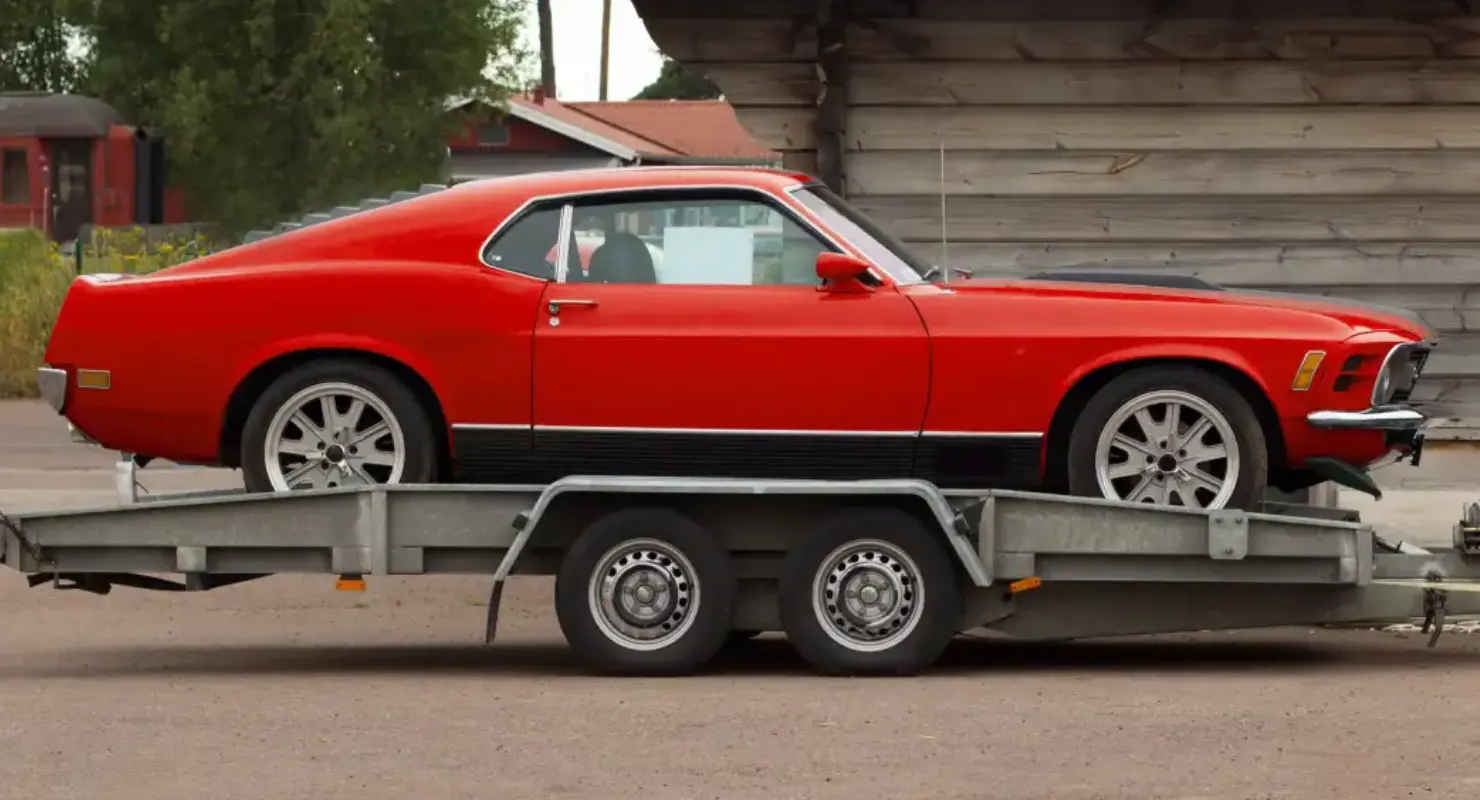
This comprehensive guide dives into the world of shipping containers. We’ll explore their history, uncover the different types available, and examine the standardized sizes used for global shipping. Whether you’re new to containerized shipping or looking for a refresher, this guide will equip you with the knowledge you need.
Brief History of Shipping Containers
The concept of a standardized steel box for effortless cargo movement originated with Malcolm McLean, an American trucking company owner. After acquiring a steamship company, McLean sought a simpler method to transfer goods between trucks and ships. His ingenious idea? Make the container itself mobile, not the individual cargo pieces.
This revolutionary approach led to the birth of the modern shipping container. In 1956, McLean not only invented and patented the design but also set about bringing his vision to the world. The impact was immediate. By utilizing these standardized containers, McLean slashed cargo loading and unloading costs by over 90% – from a staggering $5.86 per ton to a mere $0.16 (based on 1956 figures).
McLean’s invention was built on the principle of intermodalism, a concept that remains the cornerstone of efficient global shipping today. Intermodalism allows the same container, loaded at the origin, to seamlessly travel by road, rail, and sea to its final destination without ever needing to unload the goods. This streamlined process revolutionized global trade, making it faster, cheaper, and more efficient than ever before.
What Are Shipping Containers?

Shipping containers are essentially large, reusable boxes constructed from high-strength steel. This material selection ensures their resilience against the hurdles of international shipping. They must withstand the corrosive effects of saltwater during sea voyages, the substantial weight of stacked containers in storage yards, and the extensive journeys undertaken on trucks and trains. The strength of the steel structure also provides a crucial layer of security for the valuable goods they contain.
A defining characteristic of shipping containers is their standardization. They are manufactured in specific dimensions, allowing for seamless intermodal transportation.
This means containers can be effortlessly transferred between ships, trains, and trucks without the need to unload and reload their contents at each juncture. This intermodal capability is the cornerstone of efficient and cost-effective containerized shipping.
To ensure the safe and efficient transport of goods, several ISO standards apply to shipping containers. These include specifications for dimensions and weight capacity (ISO 668), rigorous testing procedures (ISO 1496), a unique identification system (ISO 6346), strong corner fittings for stacking (ISO 1161), and proper cargo securing methods (ISO 3874).
Types of Shipping Containers
While containers share a core function of transporting goods, different containers are used for different cargo. This section dives deep into the various types of shipping containers. Let’s explore the most common options.
Dry Cargo or Standard Containers
- General Purpose
These offer secure, weatherproof transport for various non-perishable goods. Standardized sizes, typically 10ft, 20ft, and 40ft, ensure smooth global logistics - High Cube
For maximizing cargo volume without increasing footprint, high cube containers offer additional height compared to standard dry containers - Open Top
Designed for easy loading and unloading of oversized or project cargo that might not fit in standard shipping containers, open-top containers often feature a removable roof section
Temperature-Controlled Containers
- Refrigerated Containers (Reefers)
Essential for transporting perishable goods like food and pharmaceuticals, reefers maintain consistent temperatures through powerful refrigeration units. Available in various sizes, they allow for precise climate control during long journeys - Insulated Containers
Offering thermal protection without active refrigeration, insulated containers are suitable for goods requiring a stable temperature but not necessarily constant cooling
Specialized Containers
- Flat Rack Containers
Ideal for bulky cargo that exceeds standard container size, flat rack containers have collapsible sides, allowing for easier loading and side-by-side packing - Open Side Containers
Similar to open top containers, these containers feature removable sidewalls for efficient side loading and unloading of oversized objects - Tank Container
Designed for the transportation of liquids, gases, and even some bulk solids, tank containers are essentially mobile pressurized vessels, ensuring secure and efficient movement of these materials
Intermodal Containers or Exchangeable Containers
- Swap Bodie
Intended for multimodal transportation, swap bodies are demountable cargo units that can be quickly transferred between trucks, trains, or ships
Other Containers
Beyond standard containers, there’s a world of specialized options for specific cargo needs:
- Cargo Storage Roll Containers
Keep goods organized and protected on the move. Perfect for items that need easy access and travel-ready security - Car Carriers
Exactly as the name suggests, car carriers are created for vehicle shipping, ensuring safe and efficient transport over long distances - Drums
The go-to for shipping liquids and powders in smaller quantities, drum containers offer safe and convenient transport for these materials - Intermediate Bulk Containers (IBCs)
Bigger than drums, IBCs are built for bulk liquid or powder transport, handling significant volumes. - Platform Containers
Imagine a flat platform – that’s a platform container! These are ideal for oversized cargo or heavy loads that wouldn’t fit in open top or flat rack containers
Shipping Container Sizes

Standard Containers
- 10 feet (3.05 meters)
Primarily used for niche applications or specific regional requirements - 20 feet (6.10 meters or TEU)
The most widely used containers due to their versatility and efficient use of space. Standard 20 ft container sizes – 2.35 meters (7.7 feet) wide and 2.39 meters (7.9 feet) high. Their internal capacity is 33.2 cubic meters (1,172 cubic feet), with a maximum cargo weight of 25,000 kilograms (55,115 pounds) - 40 feet (12.19 meters)
Ideal for large shipments, these containers offer significant cargo capacity. The standard container size is the same in width and height as the 20-foot container (2.35 meters wide and 2.39 meters high) but is significantly longer at 12.03 meters (39.5 feet). Their maximum capacity is 67.7 cubic meters (2,390 cubic feet), with a general cargo weight limit of 30,480 kilograms (67,200 pounds). It’s important to note that 40-foot flat rack containers can handle heavier loads of up to 60,000 kilograms (132,277 pounds), while 40-foot reefer containers have a maximum weight capacity of 35,000 kilograms (77,162 pounds)
High Cube Containers
These containers offer an additional foot of interior height compared to the standard option.
- 40-foot High Cube (40 ft HC)
This container has a height of 2.67 meters (8.9 feet), providing a maximum capacity of 76.4 cubic meters (2,690 cubic feet) and a maximum cargo weight of 26,512 kilograms (58,448 pounds)
45-foot Standard Container
A less common option, the 45-foot container offers additional length for specific needs.
- 45-foot standard container (45 ft)
This standard 45ft container size is 2.35 meters (7.8 feet) wide, 13.55 meters (44.5 feet) long, and 2.67 meters (8.9 feet) high. It has a loadable volume of 86 cubic meters (3,039 cubic feet) and a maximum weight capacity of 27,700 kilograms (61,068 pounds)
The Importance of Identification
As we mentioned earlier, all shipping containers are marked with a unique identification code according to a system designed by the International Organization for Standardization (ISO). This ISO code allows for easy identification of each unit’s size, type, weight capacity, and other crucial details.
Conclusion
With containers, there are a lot of options available, and selecting the most suitable one for your specific cargo can be a hard task. Atlantic Project Cargo’s team of specialists has extensive knowledge and experience in containerized shipping. We can guide you through every step of the process, ensuring you choose the perfect container to meet your needs.
Whether you require a standard dry container for general cargo, a high cube container for maximizing space, or a temperature-controlled reefer for delicate perishables, our experts will provide tailored recommendations based on your specific shipment. We’ll consider factors like cargo size, weight, and temperature sensitivity to ensure your goods arrive safely and efficiently at their destination.
So, don’t hesitate to contact Atlantic Project Cargo today!
Read More



